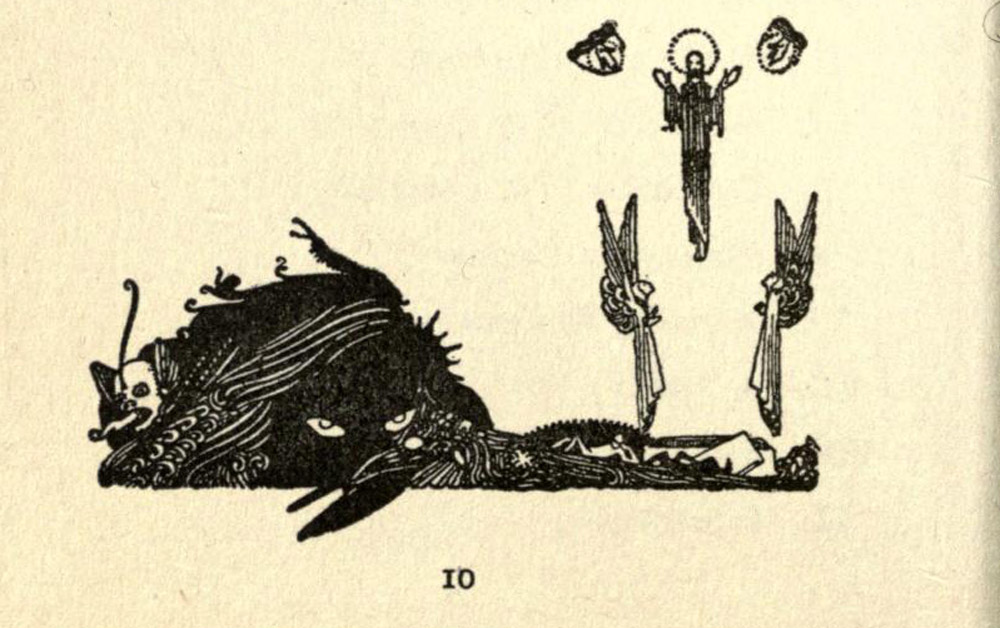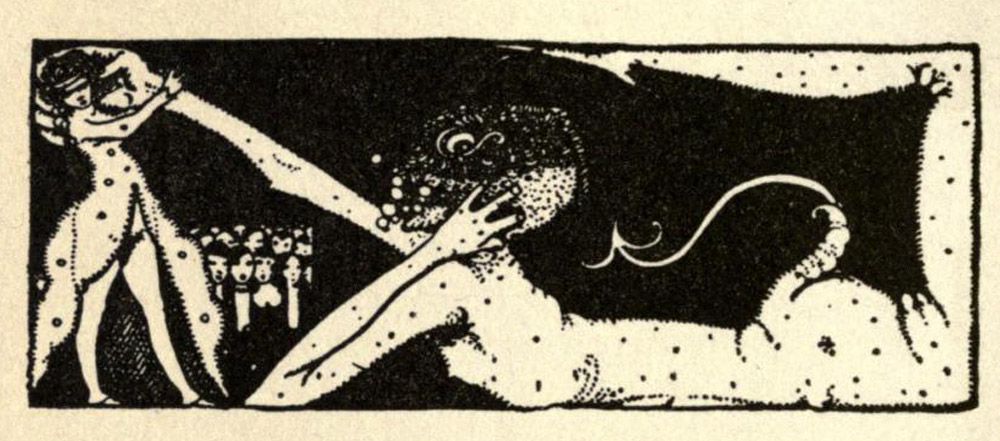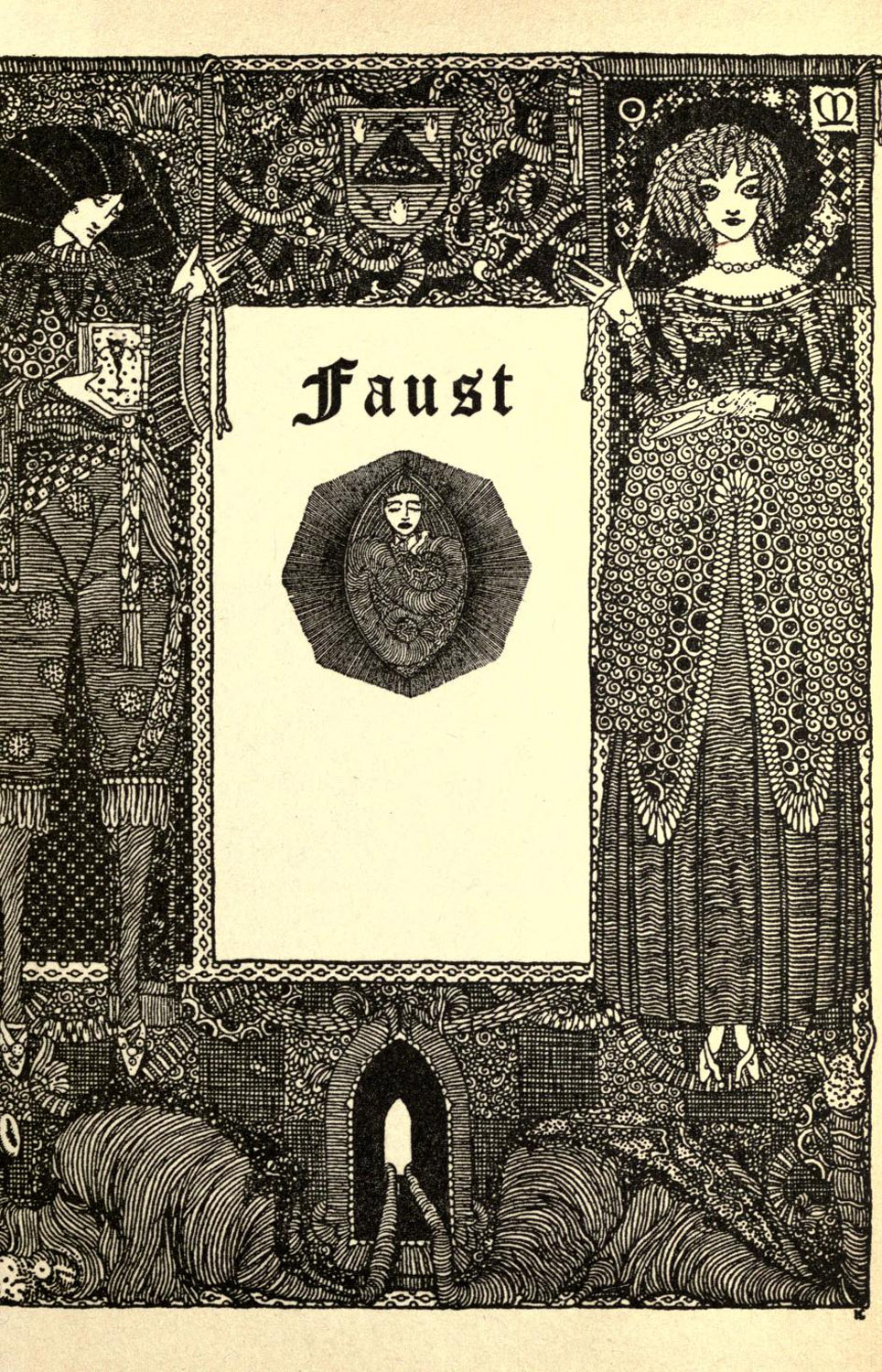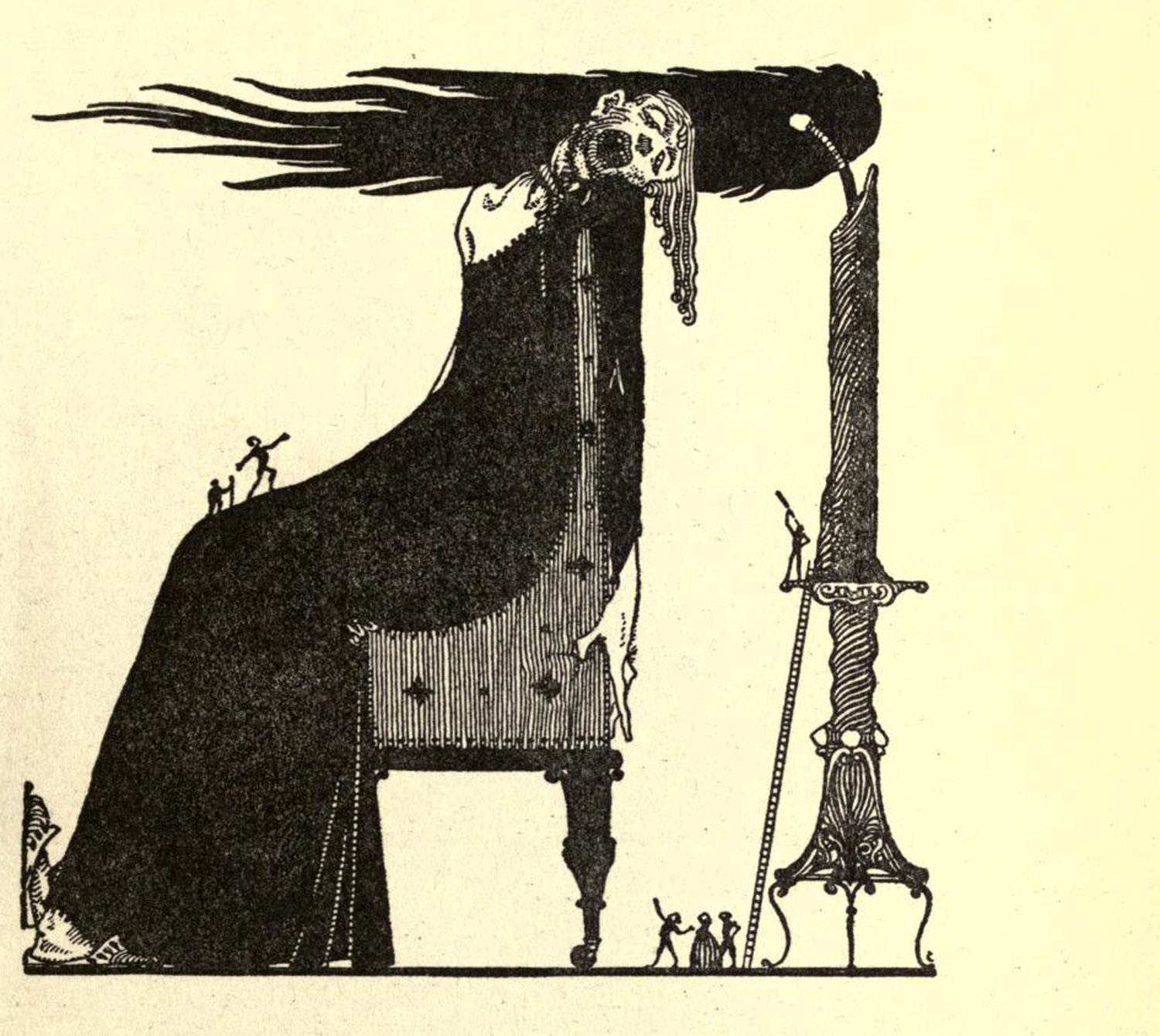
Guess Me, a curious collection of enigmas, charades, acting charades, double acrostics, conundrums, verbal puzzles, hieroglyphics, anagrams, etc. Compiled and arranged by Frederick D’Arros Planché; 1879; Pott, Young and co. in New York.
Illustrated by George Cruikshank among others, this example of good old-fashioned and wholesome entertainment offers a collection of enigmas, conundrums, acrostics, “decapitations”, and a series of incredibly tricky rebuses. The preface explains that an enigma can have many solutions whereas a conundrum only has one, and that “The essence of a good conundrum is to be found in its answer, which should be itself something of a pun, a puzzle, or an epigram, an inversion of the regular and ordinary meaning of the word.”
There are 631 conundrums:
A sample, click for full size:
Oh, these are awful, and quite wonderful, well, some of them. There’s quite a bit of casual racism and misogyny to be found, too. Via The Public Domain, or you can just click right over to the book.






























